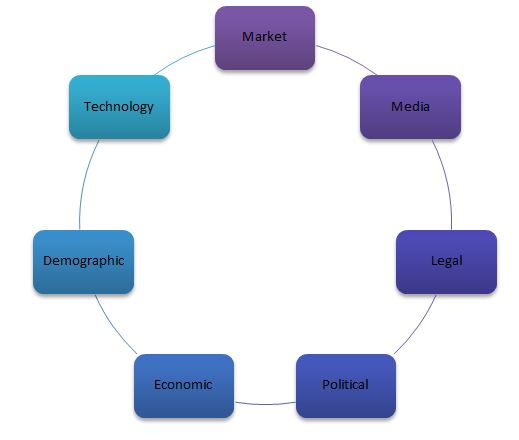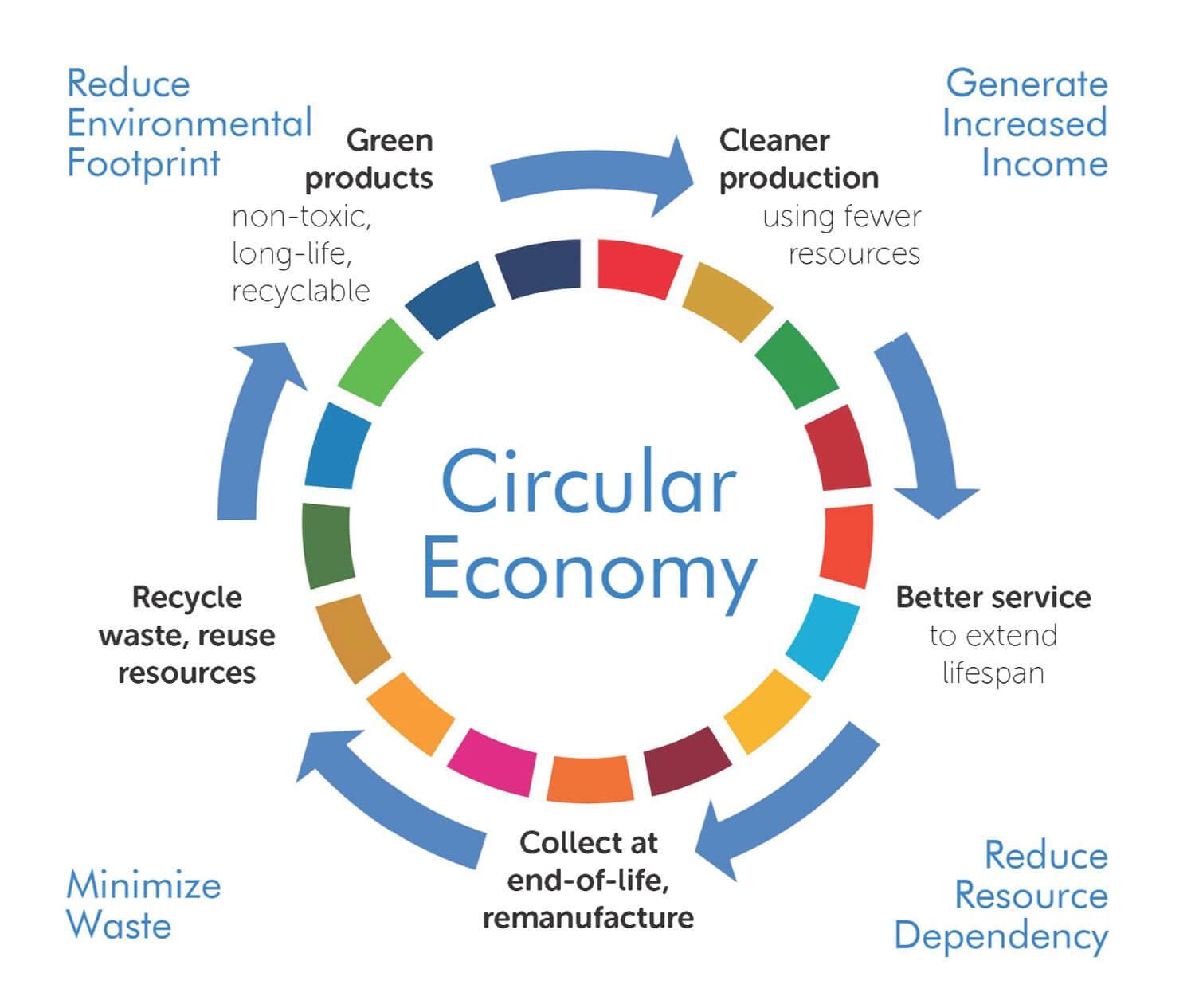The External Environment
The external environment is outside the enterprise and affects internal performance. Even if the changes are insignificant, managers still need to consider them because the organization depends on the outside world for media, technology, politics, and numerous other factors (Figure 1). Companies must adapt to the environment to survive and remain effective. Thus, managers must practice Darwinism in organizations because, in a world of rapid change, where only the adapted stay, their organizations will not be among the extinct.

It is possible to avoid most issues by consulting the initiators of changes in advance when choosing one or another approach. Thus, HR, on the one hand, acts as a consultant for the owner and top management team and, on the other hand, helps to implement the necessary changes optimally (Wang et al., 2020). Along with these functions, the HR management service plays the role of a facilitator and catalyst in organizational change due to changes in the environment.
To keep the company competitive, it is necessary to introduce new technologies and archetypes. One of them is a chatbot helping solve critical HR department tasks (search, selection, adaptation, coaching, and increasing the efficiency of cross-functional interaction). Moreover, virtual and augmented reality technology or VR/AR is a tool used in HR to interact with employees. This tool can contain interactive elements, such as tests and videos, which allows for engaging employees through gamification (Wang et al., 2020). Digitalized HR is a trend that continues to gain momentum in today’s world. To maintain a high level of competitiveness, companies need to adapt as quickly as possible to changes and trends in the external environment, which, in turn, will lead to more efficient business conduct.
British Corporate Model
The corporate governance system in the U.K. is characterized by a typical matrix method of control. However, when it comes to separating the positions of chairman and CEO, it turns out that the British model offers almost mutually exclusive opportunities. In the U.K., approximately 95% of the 350 companies whose shares are considered when calculating the FTSE stock index have different people holding these positions (Figure 2). Thus, a chief executive officer is an element of the board structure, while the CEO has another role.

As in other countries that advocate the separation of duties, this is considered necessary for the board of directors’ independence, as the chairman of the board and the CEO have different tasks. The division of roles certainly makes it possible to assess the CEO’s actual capacity, but this increases the risk that one will focus entirely on short-term goals, especially when encouraged by the incentive system in the company (Wang et al., 2020). Segregation of duties gives the CEO some leeway to directly run the business, while the board chairman can participate in the panel.
At the same time, it deprives the CEO of the authority necessary for fully performing his duties. Besides, the situation is ambiguous, as who is responsible for the company’s activity is unclear. The longer the chairman of the board of directors holds office, the less independent he becomes (Wang et al., 2020). Companies and their staff are currently experiencing several challenges that create favorable conditions for ethical dilemmas and conflicts. The H.R. manager, in terms of shaping and maintaining corporate ethics within the company at various stages, can contribute to:
- Formation of an ethical corporate culture;
- The hiring of personnel who will subsequently set the ethical tone in the organization, as well as maintain an ethical climate and corresponding values.
Performing the two points can minimize the likelihood of ethical problems. H.R. managers are positioned to promote honest, consistent, and fair practices within the organization to reduce the possibility of conflicts and to participate in resolving them if they do arise.
Circular Economy
The circular economy model seeks to bridge the gap between production cycles and the ecosystem on which humanity ultimately depends. The ultimate goal is to preserve and increase natural capital by controlling finite reserves and renewable resources (Figure 3). The circular economy has operational and strategic advantages and has considerable potential to create value in the economic, business, environmental, and social spheres. This production model reduces pollution, promotes technological progress, and increases utility and disposable income.
Nevertheless, several barriers, including financial, economic, institutional, and technological, are standing in the transition to a circular economy. Considering the financial barriers, it is essential to note that developing renewable energy sources requires substantial investments, in connection with which obtaining energy from fossil fuels seems less costly. Numerous organizations in the market do not have the cash to invest in renewable energy development and deployment (Wang et al., 2020). Moreover, many economic actors focus on short-term value creation. In contrast, the circular economy model is a long-term value creation model that will not bring profit soon.

However, HR can play a significant role in the transition process. This unit can change the company’s orientation towards long-term strategies and accelerate adaptation. Ideas shared by top managers who are aware of the criticality of the situation should be gradually, accurately and without undue pressure spread among employees. HR can get the employees themselves to start discussing the problem of green initiatives. The ideology of practical work will heal only when each employee accepts it as the only possible and profitable for the company and themselves personally (Wang et al., 2020). HR’s competence allows for creating such an ideology, promoting high awareness and initiative.
Reference
Smart City. (2019). Circular economy [image]. The Global Smart City Knowledge Center.
Wang, Y., Kim, S., Rafferty, A., & Sanders, K. (2020). Employee perceptions of HR practices: A critical review and future directions. The International Journal of Human Resource Management, 31(1), 128-173.